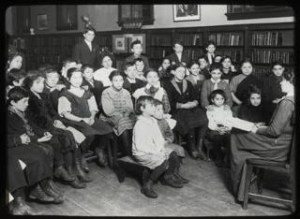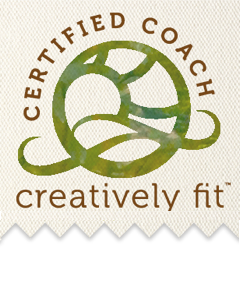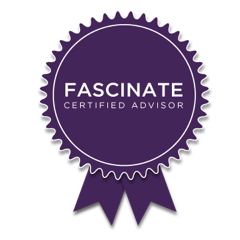Once upon a time, busi ness leaders were constantly juggling problems like aggressive competition, demanding customers, disgruntled employees, and unsatisfied shareholders. They relied on a combination of the usual practices and tools – planning, analysis, commanding, controlling, coordinating, directing, standardizing – to manage the daily turmoil.
ness leaders were constantly juggling problems like aggressive competition, demanding customers, disgruntled employees, and unsatisfied shareholders. They relied on a combination of the usual practices and tools – planning, analysis, commanding, controlling, coordinating, directing, standardizing – to manage the daily turmoil.
Everyday, despite huge investment in human resource initiatives, incentive programs, team training, reorganizations, processes, and tools, their organizations were showing signs of stagnation, and employees were less energetic and loyal.
One day, the volume of data, the speed of change in the increasingly globalized and connected world, and the uncertainty and ambiguity about the future reached an alarming level. Business leaders noticed that most of the time they and their employees were fighting fires or trying to keep the lid on the problems du jour. That had led to low employee engagement, weak motivation, less commitment, and little passion, with negative effects on productivity, morale, and profit.
Because of that, the leaders knew they had to figure out how to engage, mobilize, and support employees to come up with innovative ways to deal with the overwhelming complexity of the business environment. They realized that individual creativity is a prerequisite for organizational innovation and that they inadvertently had been shutting it down. They sometimes had talked about creativity at the top but most employees were unaware of this and had no inclination to pay attention to it or were just too busy “doing their jobs.”
Because of that, leaders decided to start a conversation about creativity and innovation throughout their organizations, acknowledging that everyone (themselves included) had a lot to learn and un-learn. They discovered and offered throughout their organizations a unique, focused, and systematic approach to help employees become aware of and unlock their creative resources; get connected to their purpose, vision, and mission; find meaning and satisfaction in their work; and provide support and enable resources for taking risks associated with big challenges.
Until finally, everyone in the organization understood that organizational innovation results from the contagious energy of inspired and creative individuals. When individuals developed confidence in their creativity, communication improved and led to better collaboration, superior collective performance, and a sense of community and loyalty to the organization.
And ever since that day, self-aware, focused, self-motivated, disciplined, and collaborative employees promote and enable excellence on every front, bringing innovative products to market, attracting customers, and outperforming peers and competitors who have not yet embraced personal creativity.
Story-telling is an effective way of clearly stating what it is we want and where we want others to go. This story used the seven sequential sentences which comprise the Story Spine (sometimes incorrectly referred to as The Pixar Formula) that originated in improvisation and are clearly explained in a book titled Invisible Ink: A Practical Guide to Building Stories That Resonate, by Brian McDonald. BTW, McDonald sometimes leads workshops at Pixar.
To illustrate how this approach works, six of the sentences describing the plot of Pixar’s Finding Nemo are included below.
- Once upon a time there was…a widowed fish, named Marlin, who was extremely protective of his only son, Nemo.
- Every day…Marlin warned Nemo of the ocean’s dangers and implored him not to swim far away.
- One day…in an act of defiance, Nemo ignores his father’s warnings and swims into the open water.
- Because of that…he is captured by a diver and ends up in the fish tank of a dentist in Sydney.
- Because of that…Marlin sets off on a journey to recover Nemo, enlisting the help of other sea creatures along the way.
- Until finally…Marlin and Nemo find each other, reunite and learn that love depends on trust.
 What is Creativity? Why Is it Relevant to Innovation?
What is Creativity? Why Is it Relevant to Innovation? Creativity: Outside-in or Inside-out?
Creativity: Outside-in or Inside-out? The Solution to the $450+ Billion Engagement Problem
The Solution to the $450+ Billion Engagement Problem



Leave a Reply